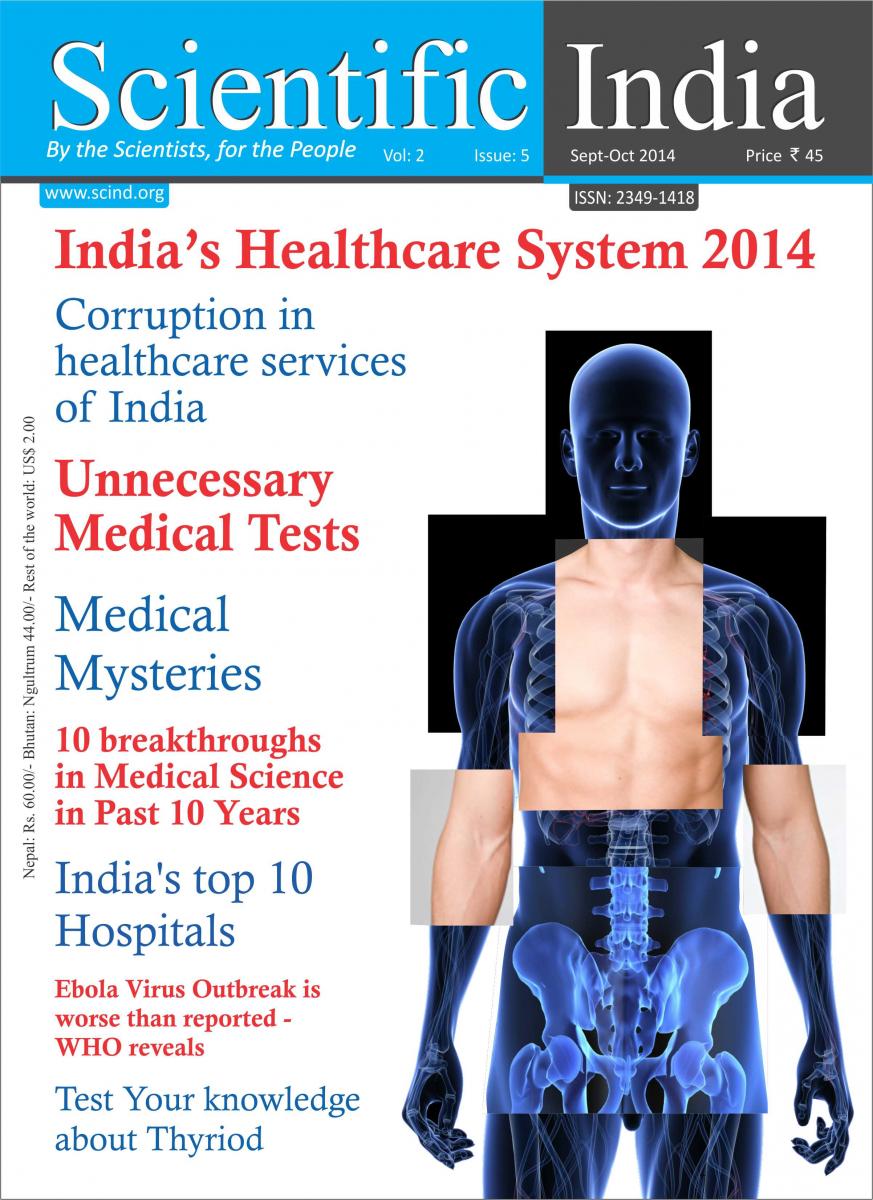Comparative Study Of Ambient Air Quality Status Of Lucknow And Jhansi City In Uttar Pradesh, India

Department of Biotechnology, JC Bose Institute of Life Science, Bundelkhand University, Jhansi-284128, India
Air pollution is a serious issue in India with major source being crop residue burning in agricultural field, vehicle emission due to traffic congestion stone crushers and small industries. Increasing of air pollution level causes adverse environment impacts on human health and socio-economic problems. The present study was under taken to assess the comparative study of ambient air quality status of Lucknow and Jhansi city in Uttar Pradesh, India by using cluster statistical techniques. The samples were collected for Suspended Particulate Matter (SPM), Respirable Suspended Particulate Matter (PM10), oxide of sulfur (SOx) and oxide of nitrogen (NOx) during january-2014 to June-2014 from commercial, residential Industrial and sensitive area of both cities. It was noticed in this study that the SPM and RSPM levels at all selected sites exceeds the prescribed limits of the NAAQS as stipulated by central pollution control board (CPCB) New Delhi. The average ambient air concentration of SOx and NOx were found below the permissible limits of NAAQS of CPCB at all the sites of both cities.
Keywords:Air pollution; Cluster statistical techniques; Jhansi; Lucknow.
